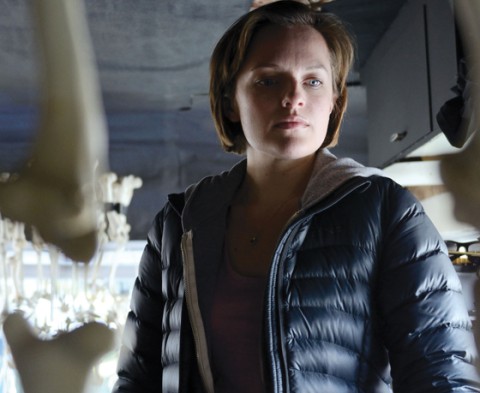Right-sized stories

For the most part we consume visual narratives either in two-hour films or in television series that stretch out for years, even decades. Films offer the pleasure of something made and done, a one-time encounter that invites reflection and judgment. The boundaries of the format can generate beauty and power, but it has limitations. How many of us, for example, have criticized a movie because the characters were not well developed or because the plot felt rushed or fragmented?
These criticisms seldom apply to high-quality serial television. With 75 to 100 (or even more) hours available, a six-to-eight-year series can explore the most intimate recesses of characters’ psyches and develop story lines that mimic the complexity of real life. It is not surprising that this style of television is most often compared to the sprawling novels of Dickens and Dostoevsky—masterpieces of human psychology and narrative.
The miniseries offers something between a film and a long-running television series. Most miniseries run for four to eight episodes. The History Channel’s popular The Bible is one example of a miniseries with a topic too complex to squeeze into a two-hour movie but with a limit on how far its plot could be stretched. Literary adaptations fit the miniseries genre well, too. Fans of a novel may reject a film adaptation that cuts up essential plots or rewrites characters, but a six-hour or ten-hour miniseries can honor these elements (and the readers) faithfully. On the other hand, no one wants to watch season after season of new plots written for Elizabeth Bennet and Mr. Darcy.




